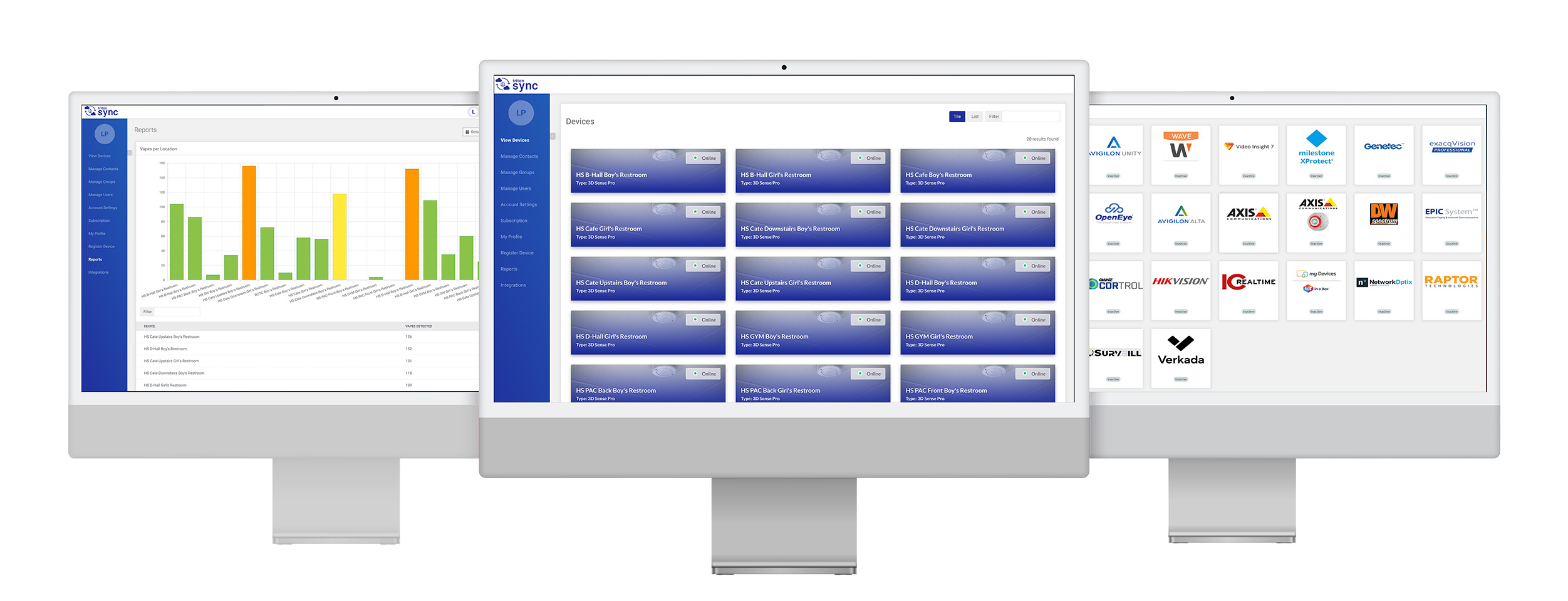Vaping is now a silent epidemic in schools, as students are using e-cigarettes at night in bathrooms or in corners that are not visible to the public. It poses a grave threat to health and safety. To combat this, vape detectors have emerged as essential tools, offering schools a sophisticated yet discreet way to control the situation. Triton Sensors vape detectors are a shining example of innovation. They offer accuracy, privacy and multiple threat detection in order to create more secure schools.

Image credit: tritonsensors.com
Triton’s vape smoke detector, unlike other smoke detectors, is designed to identify the distinct chemical signatures in nicotine and THC aerosols. This is able to eliminate false positives caused by steam or particles that are not harmful. In busy school environments the accuracy of this detector is vital to avoid disruptions. Vape detectors are more than just smoking, and can detect loitering or overcrowding or even serious threats such as gunshots. These devices are backed by 10 years of warranty and offer longevity. They’re an excellent investment for schools that have tight budgets.
What is what sets vape detectors at schools apart is their capacity to turn the reactive discipline into proactive prevention. These sensors are operational 24/7. They are able to monitor areas of high risk, such as restrooms and locker rooms, delivering immediate notifications to administrators using mobile apps when issues occur. This capability is real-time and allows schools to react quickly, often before situations escalate. Triton’s data exposes an alarming fact: their system detects students who smoke each three minutes.
A standout feature of vape detectors is their privacy-friendly monitoring of the occupancy. Using patent-pending technology, it monitors crowds and loitering without microphones or cameras, which ensures that students are in complete compliance with their privacy rights. Triton Cloud Dashboard gives schools access to an intuitive visualisation, which help them identify problems without being disruptive. This is particularly helpful in areas where it’s difficult to monitor. It ensures security and protects the boundaries.
Hotspot analysis on the dashboard takes it a step further by mapping when and where the vaping incidences occur at their peak. This approach based on data allows schools to improve their response by strategically placing personnel or resources. Triton’s tools for reporting compile evidence of vaping activities, which allows administrators to give parents and school boards clear evidence-based, quantifiable data. Vape detectors for schools typically report a dramatic reduction in vaping within five weeks, a testament to the system’s deterrent effect and actionable intelligence.
It’s also a guardian for broader safety issues. The device can help prevent that can be problematic in schools, by detecting specific words that suggest bullying or aggression. The ability to detect shots adds an important level of protection in a time of increased security concerns. This approach is multi-faceted and ensures that schools are not only tackling the issue of vaping, but also building the safety net.
Triton is still very popular due to its affordability. The cost of the system is moderate despite the advanced features. It’s an economical option for increase the number of staff at the school, or to implement the intrusive monitoring. In the long run, it can save a lot of money due to its ability to reduce smoking and other related issues. This leads to fewer discipline measures and healthier students.
Vape detectors offer hope in an age where smoking marijuana poses a threat to schools. The vape detectors offer a combination of cutting-edge technology and an unwavering commitment to protecting privacy. They allow educators to be more focused on teaching, not police work. Triton’s vape detectors rethink the concept of having an educational setting that is secure. They are not only focused on vaping, but also loitering and violent behavior. In a world that is changing with threats rapidly, these sensors give schools with the tools needed to stay ahead of the curve, ensuring students can learn in spaces without dangers.

